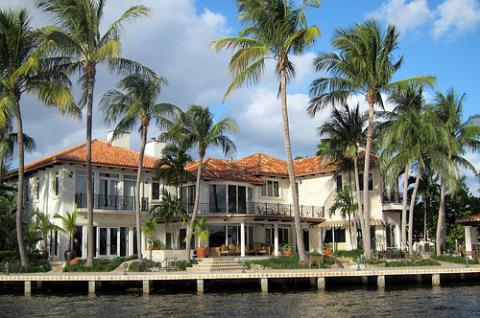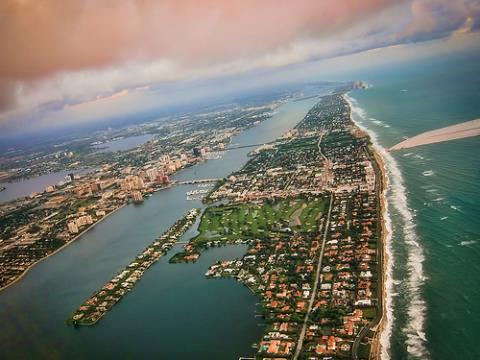We’ve already taken a look at the most promising markets going into 2013, where it’s clearly apparent that Texas is well on the road to recover, but sadly we can’t say the same about every city in the US.
While many markets are slowly but surely shrugging off the recession, several are still facing a rocky road ahead and it may be some time before we see a return to ‘normality’. So without any further ado, here’s RealtyBizNews’ lowdown on the worst housing markets to watch out for in 2013:
Detroit, Michigan
Sorry, no prizes for guessing who’s in the sorriest state – Detroit remains by far and away the sickest housing market going into 2013, even though it has shown some signs of improvement. While some might be encouraged by the 22% increase in home prices last November, the fact remains that Detroit’s housing landscape was hit by a ton of bricks during the crisis – and it will take a long time before it picks itself up.
Real estate prices in Detroit slumped by an average 60% during the housing crisis, and to this day foreclosure rates remain sky high – so much so that some of its homes continue to fetch prices as low as $1.
Fort Lauderdale, Florida
While the signs are that Fort Lauderdale’s pitiful housing market may have bottomed out in 2012, the city is being held back by an enormous backlog of foreclosures – Florida accounts for the third highest foreclosure inventory in the US, and many of them can be found right here. It’s likely that this oversupply will continue to dog Fort Lauderdale’s recovery prospects for some time to come.
On the up side, there are some positives – home sales rebounded by 14% between September and November 2012, while prices rose by 20% during the same period. Fort Lauderdale might just be entering its recovery period, but it will be a while before the situation normalizes.

Palm trees are about the only thing seeing positive growth in Fort Lauderdale at the moment. Image by wallyg
Miami, Florida
Miami is something of a special case, with a huge spate of foreign buyers taking advantage of its crippled market to snap up its luxury real estate on the cheap. This has even led to talk of a possible bubble, although the prospect remains slim given Miami’s pitiful job market at present.
The poor unemployment rate means that Miami is still seeing a steady flow of delinquencies and foreclosures, with more than 24,000 homes in the process of being repossessed by banks, according to Trulia’s latest figures. Until Miami can sort out its job situation and address the foreclosure rate, its market will continue scrape along at the bottom.
West Palm Beach, Florida
Florida’s nightmare extends to West Palm Beach as well, where one in 349 homes was foreclosed upon last July.
West Palm Beach’s foreclosure rates are, sadly, fairly typical for Florida and can be taken as a sign that it’s still feeling the effects of the housing market crash. This is evident in the market’s continued volatility, with home prices continuing to fluctuate wildly. Sales prices fell by almost 15% between June and July, in spite of a general improvement in overall sales numbers. We can expect more of the same during the next 12 months.

West Palm Beach's homes are looking good, but only from up here.. Image by Captain Kimo via flickr.com
Cape Coral-Fort Myers, Florida
There’s not much going on in Cape Coral either at the moment. The only bright spot to speak of has been the rise in new construction permits, which indicates that building activity might be about to pick up. Even so, no new major developments have got out of the ground just yet, so it will be a while before this has an impact on the market.
Cape Coral’s biggest hurdle – like most of Florida – remains its depressing foreclosure rate. So bad was the area hit that it’s now possible to go on a tour of the city’s foreclosure-hit neighborhoods, which the New York Times says have seen massive drops in property values.